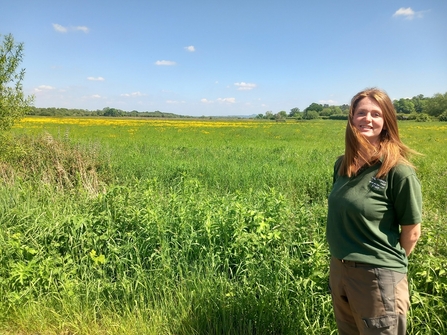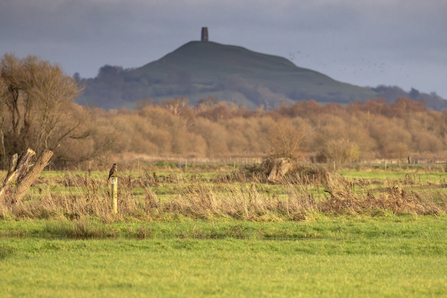Alex Learmont is the Reserve Warden and Outreach Officer at Shapwick Moor Nature Reserve with the Hawk and Owl Trust. Thibaud Sulzer is Community Engagement Officer for the Adapting the Levels Landscape Recovery Project. Find out more about the project here.
TS: How did the Hawk and Owl Trust begin, and what are its aims?
AL: The Hawk and Owl Trust started in 1969, in response to the decline of peregrine falcons, but also other birds of prey as well, which was at the time due to the use of pesticides such as DDT (dichloro-diphenyl-trichloroethane) and other chemicals. It was the catalyst for bringing bird of prey enthusiasts, conservationists and falconers together to figure out what to do about those declines. Initially the charity was known as the Hawk Trust but has since expanded to cover owls and all birds of prey species as is now the Hawk and Owl Trust.
There are four key aims of the charity: conserving and protecting birds of prey; managing habitats for birds of prey; raising awareness and educating people about birds of prey; and research. We have two of our own reserves: Shapwick Moor here in Somerset, and Sculthorpe Moor in Norfolk, which is also our headquarters. Both sites have similarities but they’re also very different and unique. These sites are our opportunity to showcase how to manage land for the benefit of birds of prey.



